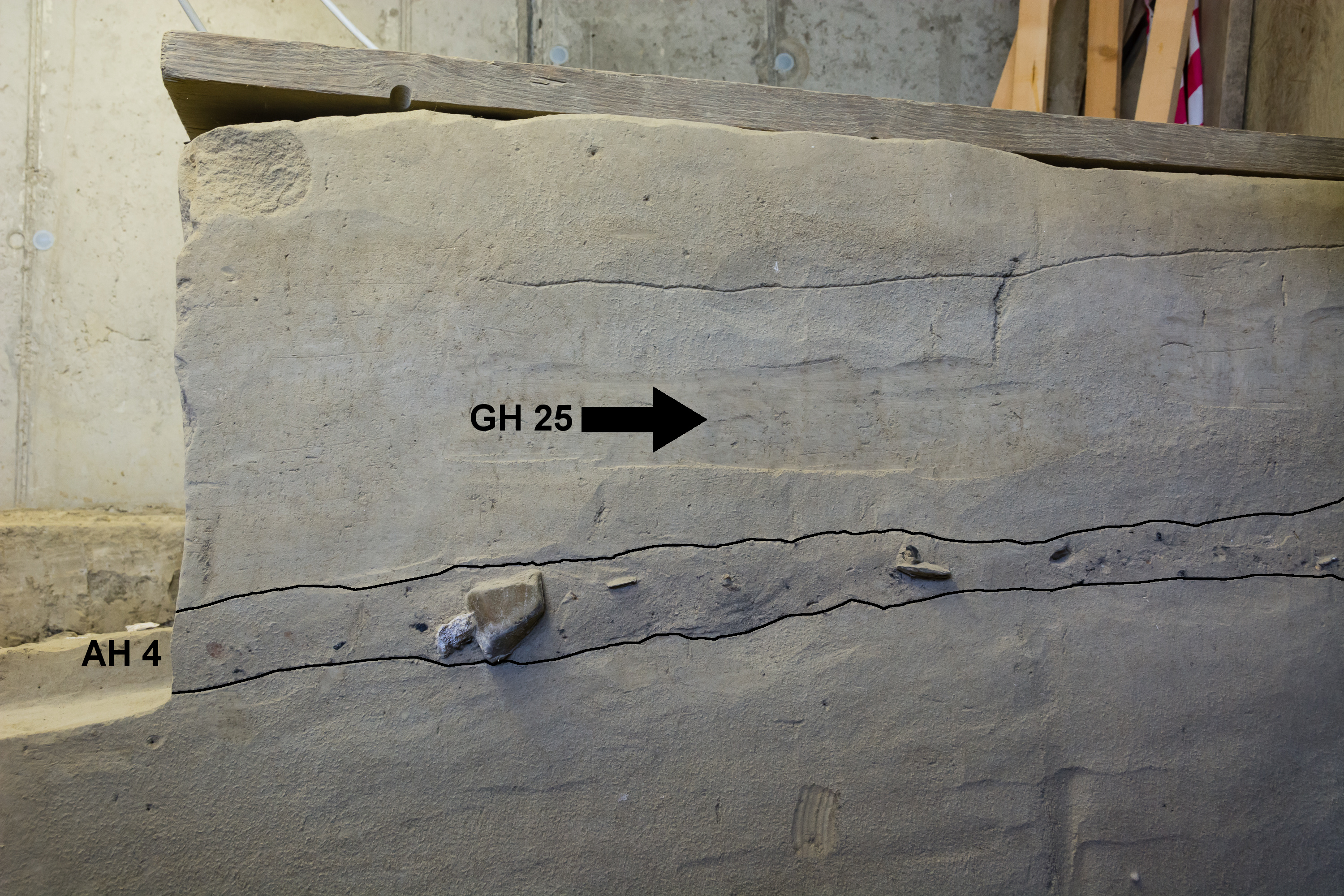burnt layer on:
[Wikipedia]
[Google]
[Amazon]
 A burnt layer or burned layer in
A burnt layer or burned layer in ''Event stratigraphy''
at quaternary.stratigraphy.org. Retrieved 10 December 2021.
 A burnt layer or burned layer in
A burnt layer or burned layer in archaeology
Archaeology or archeology is the study of human activity through the recovery and analysis of material culture. The archaeological record consists of Artifact (archaeology), artifacts, architecture, biofact (archaeology), biofacts or ecofacts, ...
is a stratum
In geology and related fields, a stratum (: strata) is a layer of rock or sediment characterized by certain lithologic properties or attributes that distinguish it from adjacent layers from which it is separated by visible surfaces known as ...
of earth that was formed primarily by the burning of objects or buildings. The extent of the layer is irrelevant. It can be the remains of a campfire
A campfire is a fire at a campsite that provides light and warmth, and heat for cooking. It can also serve as a beacon, and an insect and predator deterrent. Established campgrounds often provide a stone or steel fire ring for safety. Campfires ...
as well as the remains of a burned down settlement.
Burnt layers are recorded in event stratigraphy, a sub-area of stratigraphy
Stratigraphy is a branch of geology concerned with the study of rock layers (strata) and layering (stratification). It is primarily used in the study of sedimentary and layered volcanic rocks.
Stratigraphy has three related subfields: lithost ...
.at quaternary.stratigraphy.org. Retrieved 10 December 2021.
References
Methods in archaeology {{archaeology-stub